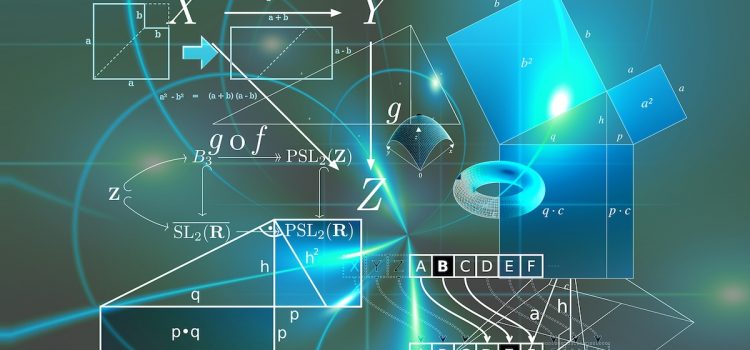

This article is an excerpt from the Shortform book guide to "A Short History of Nearly Everything" by Bill Bryson. Shortform has the world's best summaries and analyses of books you should be reading.
Like this article? Sign up for a free trial here.
Is a lot of mass unaccounted for in the universe? If so, why? Where is it?
When author Bill Bryson set out to understand the great scientific discoveries about our universe, he ran into some unsolved mysteries. One of them is the missing mass problem, and he discusses it in his book A Short History of Nearly Everything.
Keep reading to learn about missing mass, including the question of whether the mass is actually missing or whether the current theory is off.
The Missing Mass Problem
Bryson explains that scientists can use general relativity to calculate the mass of the universe based on the observed motion of galaxies and other objects within the universe. But, when they do, the number they get is 10 to 100 times greater than the total estimated mass of all the stars, galaxies, and other objects that they can detect in the universe. Hence, the missing mass problem.
According to Bryson, no one knows for sure how to account for this discrepancy, although most scientists favor one of two possible explanations. One explanation holds that missing mass consists of objects that just don’t emit or reflect enough light for astronomers to detect: distant asteroids, dim stars, black holes, and so forth. The other explanation is that there’s a type of matter that interacts only through gravity, making it fundamentally impossible to detect except by observing its gravitational influence on visible matter.
| Elusive Mass or Incomplete Theory? Scientists have invested considerable effort in trying to detect the “dark matter” that would account for the universe’s missing mass. Gravity bends light, so even matter that doesn’t emit or reflect light should be “visible” as slight distortions in light that comes from behind it. Scientists have indeed detected a few of these distortions, but they appear to be too rare to account for the missing mass. Right now, the prevailing theory is that the dark matter is simply more clumped together than previously supposed, producing fewer observable distortions. However, another possibility is that current theories of gravity are incomplete and thus are incorrectly predicting that the universe would need more mass to behave as it does. One alternative theory predicts that the gravitational constant is not actually constant, but rather decays over time. If this is the case, then gravity has gradually been getting weaker over the history of the universe and was stronger in the past. This would explain why galaxies move the way they do without having significantly more mass than we observe: Objects that are very distant from each other “feel” each other’s gravity more strongly because gravity was stronger in the past and gravity fields (or changes in them) take time to propagate through space. (Gravity waves travel at the same speed as light waves.) And since light also takes time to travel through space, gravity would appear to be stronger when we look at distant objects because we’re seeing them as they were when the light left them, when gravity was stronger. |

———End of Preview———
Like what you just read? Read the rest of the world's best book summary and analysis of Bill Bryson's "A Short History of Nearly Everything" at Shortform.
Here's what you'll find in our full A Short History of Nearly Everything summary:
- An accessible overview of the natural sciences
- A full history of the universe, Earth, and life as we know it
- A look at the unknowns and controversies that still exist in the sciences






